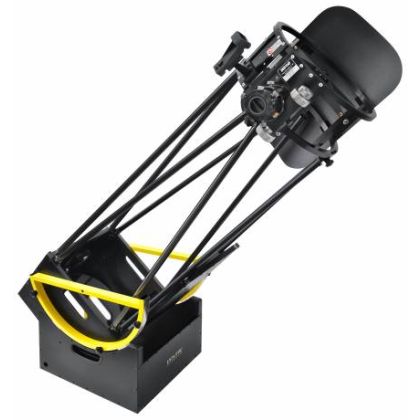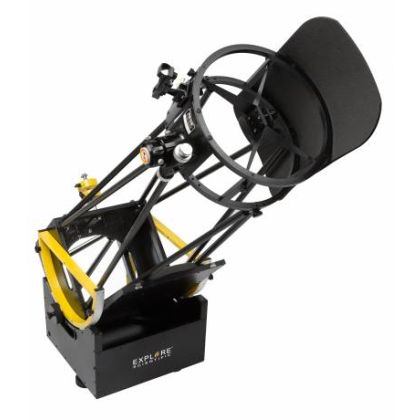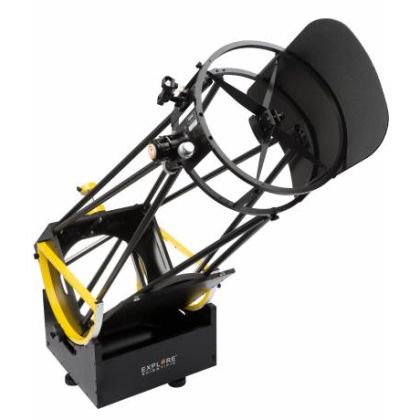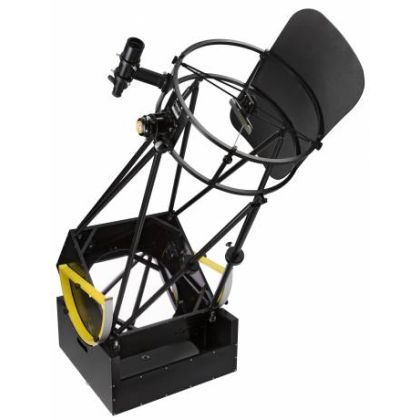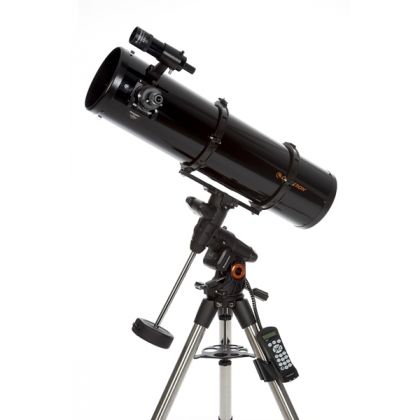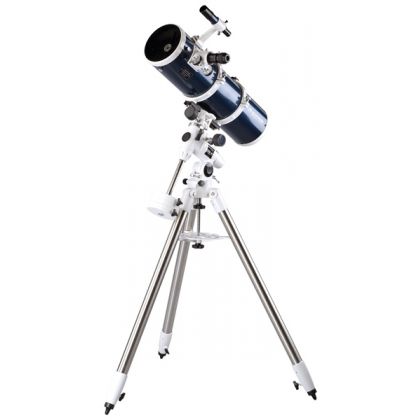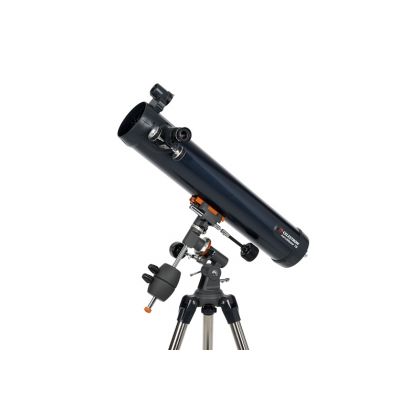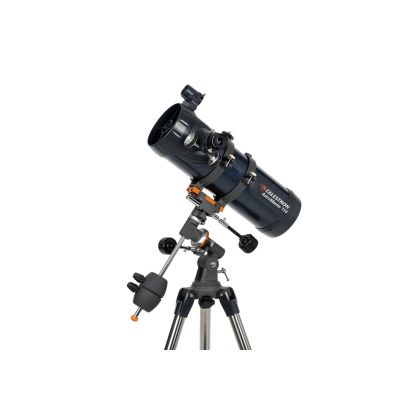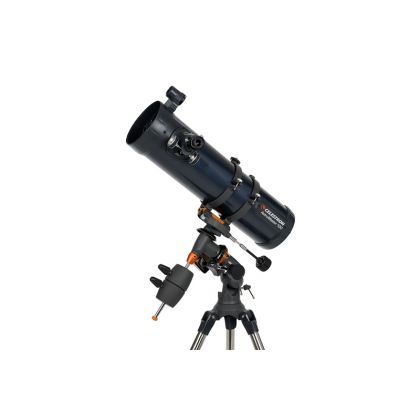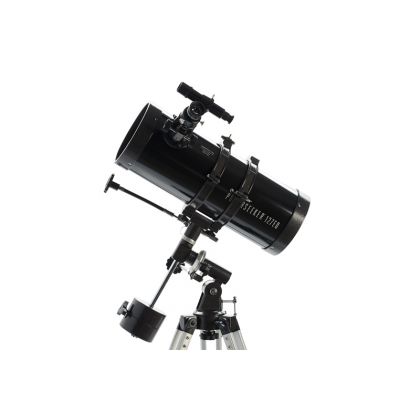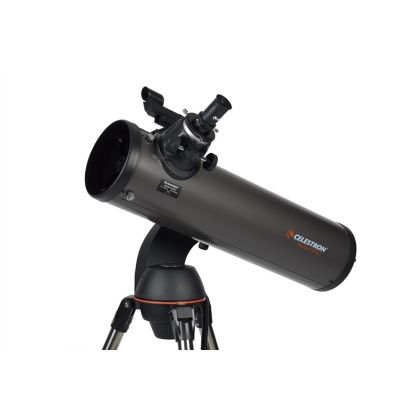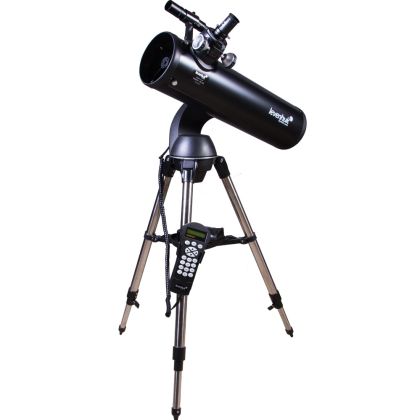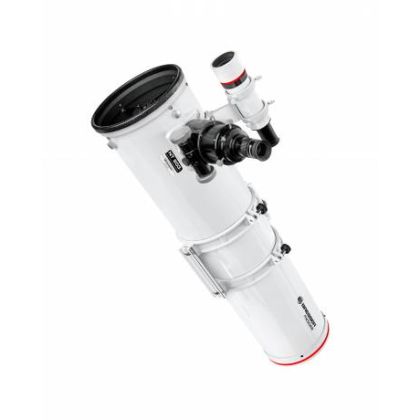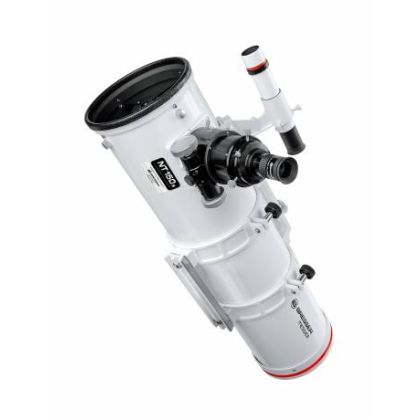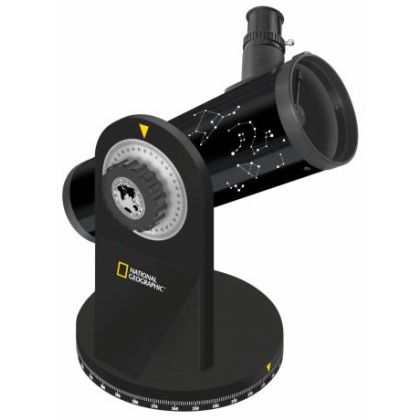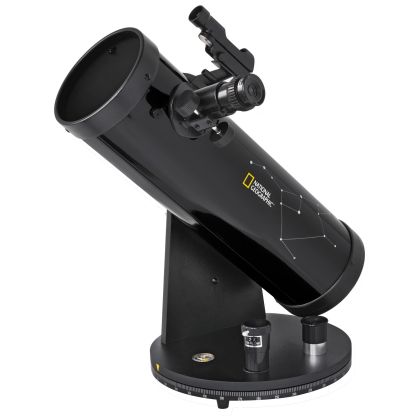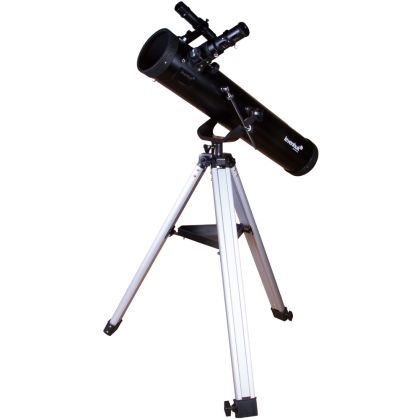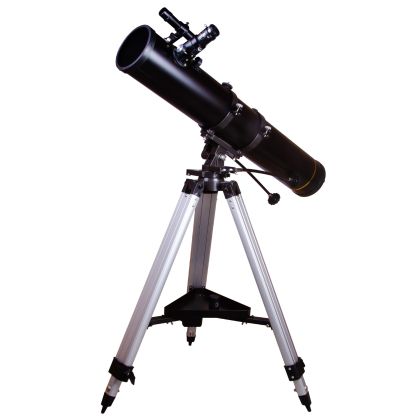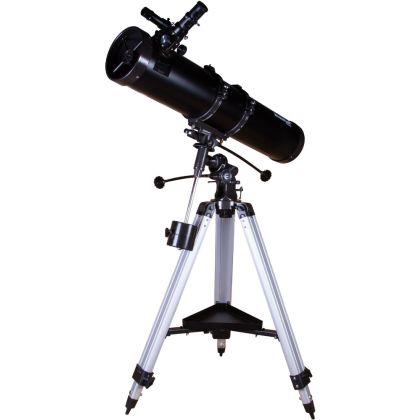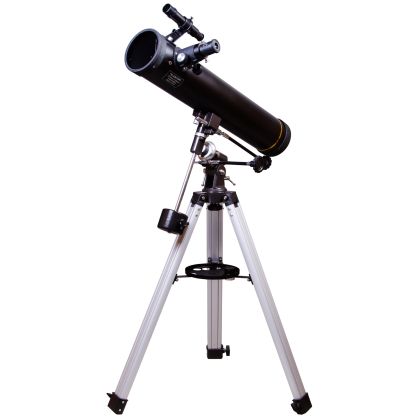Mounts
Reflecting Telescopes
Sub Categories
Reflecting telescopes use a combination of curved mirrors to collect and focus light. The main reason for their invention was to eliminate chromatic aberration. Each color has its wavelength – when passing through the lens, each focuses at a different point, causing the image to appears blurry.
Before the invention of the compensating lens, chromatic aberration was a severe issue of refracting telescopes.
The name "reflector" already implies that this type of telescope relies on reflection and not on refraction.
The main components of Reflecting Telescope
Reflecting telescopes are made of:
-
an open optical tube,
-
a primary mirror, and
-
a secondary mirror.

The light path in reflecting telescopes (Available from https://sites.google.com/site/mrwilkinsonphysics/classes/s4-physics/optical-telescopes. [accessed 29 Oct 2019])
Path of the light
The light enters the optical tube and travels to the curved primary mirror, which is located at the bottom of the tube. The light rays are collected and then reflected towards the secondary mirror. Depending on the design, the light is brought to a focus on the side of the telescope (Newtonian design) or reflected through a hole in the primary mirror (Cassegrain telescope design).
For perfect image and round stars around the fields of view, a hyperbolic primary mirror is used. But because such a mirror is very expensive, a parabolic mirror is often used instead. The parabolic mirror collects and then focuses the light rays at the same point. Because of that, this type of telescope doesn't suffer from chromatic nor spherical aberration, but it does face a defect called coma aberration. This defect causes stars to have a “comet-shape” appearance — the error increases with the distance from the center of the mirror.
Reflecting telescopes feature an open tube, which means that dust and other particles can accumulate in the tube – frequent cleaning of the primary mirror is needed. Besides cleaning, this reflecting telescopes also require occasional maintenance – collimation. If the telescope is moved frequently, the primary and secondary mirrors can get out of alignment and need to be adjusted.
Reflecting telescopes are very popular among professionals and also amateurs. With reflector telescope, the user gets the most aperture for its money. They are especially useful for "deep-sky" observations. This type of telescope is also used for observing stars and planets, and the surface of the Moon.
A short presentation of Reflecting telescope is available here.
Slideshare Presentation of Reflector telescope
Filters
Sort
Filters
Sort
